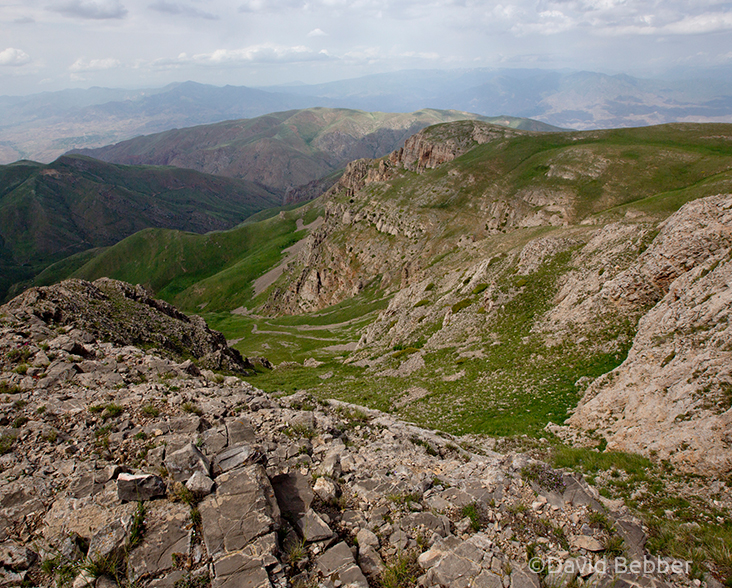Egyptian Vulture
Species Data
Class: Aves
Order: Accipitriformes
Family: Accipitridae
Scientific Name: Neophron percnopterus
IUCN Red List status:Endangered
The Egyptian Vulture is the only member of the genus Neophron and forms a separate minor lineage of the Accipitridae family together with the Bearded Vulture (Gypaetus barbatus). Both species are distinguished from other vultures by their feathered necks, while their wedge-shaped tails are unusual among birds of prey more widely. The Egyptian Vulture is depicted in hieroglyphs and came to be known as “Pharoah’s chicken” due to their protection under ancient Pharaonic law.
Neophron percnopterus can be further identified by its bald yellow head and throat, contrasting with its black-tipped beak, white collar, pale plumage and black flight feathers. In captivity the bird’s lighter feathers are a brilliant white, but they appear more muted in the wild as the species likes to bathe in iron-rich mud, a habit it shares with the Bearded Vulture. The Egyptian Vulture is one of the smallest of the Old World vultures, with a body length of 55-65 cm and a wingspan of 155-170 cm.
Behaviour
Like most vultures, this species feeds mostly on carrion, but as an opportunistic feeder it also preys on fish, insects, small mammals and young birds. Eggs and even faeces and rotting fruit are also part of its diet. It can fly up to 80 km per day in search of food and thousands of kilometres during its migration. Some Egyptian Vultures that breed in Europe can travel over 10,000km on their journeys to the southern edge of the Sahara.
The species is generally monogamous, with pair bonds lasting for at least one breeding season, during which time the female will lay between one and three eggs. Nests are usually built in rocky areas like cliffs, caves and ledges, but occasionally large trees. Courting pairs engage in talon grappling while the male performs swooping displays toward his mate.
The most distinctive feature of the Egyptian Vulture is its use of tools – this is rare among birds and unique among vultures. It is well documented that Egyptian Vultures will hold stones in their beaks and then thrust downward to crack open large eggs. Such is the vulture’s skill, even ostrich eggs are no match for these makeshift hammers. This intelligent species has even been observed using twigs to roll up and gather strands of wool for nesting material.


Habitat
This species has a large range that stretches from the Canary Islands, West Africa and the Iberian Peninsula to India, Nepal and Bangladesh. It is found as far north as Kazakhstan and as far south as Angola and Namibia, where a small resident population persists. It favours open hills, low mountain ranges, cliffs and rocky slopes, but can also be found at rubbish dumps.
Threats and Conservation
Vultures are one of the most threatened groups of birds in the world. As scavengers of carrion, they play a crucial ecological role that unfortunately exposes them to poisons and veterinary drugs that can prove toxic. One such drug, Diclofenac, had a catastrophic impact in India before it was banned in 2006, killing tens of millions of vultures over the span of a few decades. The Egyptian Vulture was one victim of Diclofenac and continues to face a number of other threats including direct persecution, food scarcity, collisions with wind turbines, and electrocutions.
The Egyptian Vulture is experiencing an estimated global population decline of 50-79% over three generations, making reserves like the Caucasus Wildlife Refuge an important component for the survival of this intelligent species. Managed by WLT’s Armenia partner FPWC, the refuge is a confirmed breeding site for the Egyptian Vulture, with over 30,000 ha of mountainous steppe providing both nesting and foraging grounds for this Endangered bird. The rich biodiversity here is protected by FPWC’s ranger team, who guard vulture nests and organise supplemental feeding during extreme weather conditions.
